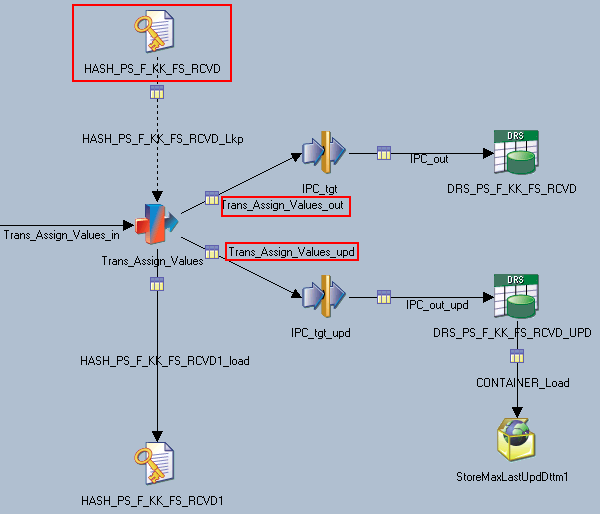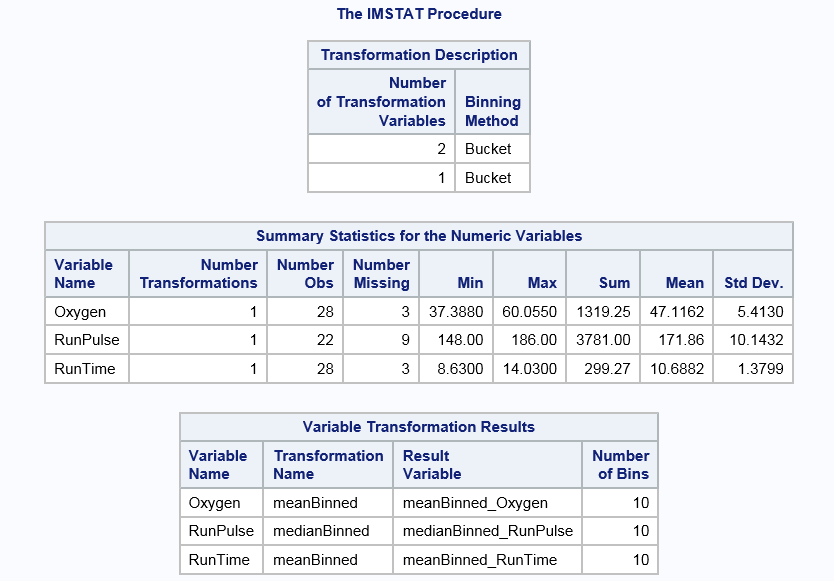

Transform record variable pspp code#
If using this setting, it should be applied last.Ģ New Value: Specify the new value for your variable (i.e., a specific numeric code such as “2,” system-missing, or copy old values).ģ Old -> New: Once you have selected the old and new values for your selected variable in (1) and (2), click Add in area (3), Old->New. All other values : Applies to any value not explicitly accounted for by the previous recoding rules.Recode all values greater than or equal to some number. Range, value through HIGHEST: For use with ordered categories or continuous measurements.Recode all values less than or equal to some number. Range, LOWEST through value: For use with ordered categories or continuous measurements.

The recoded category will include both endpoints, so data values that are exactly equal to the boundaries will be included in that category. Enter the lower and upper boundaries that should be coded. Range: For use with ordered categories or continuous measurements.System- or user-missing: Applies to any system-missing values (.) or special missing value codes defined by the user in the Variable View window.System-missing: Applies to any system-missing values (.).Value: Enter a specific numeric code representing an existing category.This is especially true if using the "Lowest thru", "thru Highest", or "Range - through" options. When recoding variables, always handle the missing values first! The most common recoding errors happen when you don't tell SPSS explicitly what to do with missing values: SPSS may recode missing values into one of the new valid categories.
Transform record variable pspp how to#
Once you click Old and New Values, a new window where you will specify how to transform the values will appear.ġ Old Value: Specify the type of value you wish to recode (e.g., a specific value, missing data, or a range of values) and the specific value to be recoded (e.g., a value of “1” or a range of “1-5”). (We discuss the If option in more detail later in this tutorial.)

Once you are finished, click Change. Now the center text box, (B), will display both the name of the original variable as well as the name for the new variable (e.g., “Height -> Height_categ”).Ĭ Old and New Variables: Click the Old and New Values to specify how you wish to recode the values for the selected variable.ĭ If: The If option allows you to specify the conditions under which your recode will be applied. You will define the new name in (C).ī Output Variable: Define the name and label for your recoded variable(s) by typing them in the text fields. Click the arrow in the center to move the selected variable to the center text box, (B).Ī Input Variable -> Output Variable: The center text box lists the variable(s) you have selected to recode, as well as the name your new variable(s) will have after the recode. Select the variable you wish to recode by clicking it. The left column lists all of the variables in your dataset. The Recode into Different Variables window will appear. To recode into different variables, click Transform > Recode into Different Variables. That is, the changes do not overwrite the original variable they are instead applied to a copy of the original variable under a new name. When field transformation is supported by the APD considering that should create about 330 InfoObjects for transformation or there is other transformations for this issues in APD or other utilities for solutions.Recoding into a different variable transforms an original variable into a new variable. If you transfer the questionnaire number directly, and define the question number as the transformation field and the answer as the transposition field. The questionnaire contains about 70 questions and 325 answers, that is, a question may have multiple answers. To do this, I do the transformation into a data record can be used.

However, for the report, the data needs to be in a transformed form in which the answer to each question has its own field. The questionnaire for a survey contains questions and answers in tabular form, that is, every record contains the number of the question as characteristic and the value of the answer for this question as characteristic and key figure. Please can any one share some light on below doubt.


 0 kommentar(er)
0 kommentar(er)
